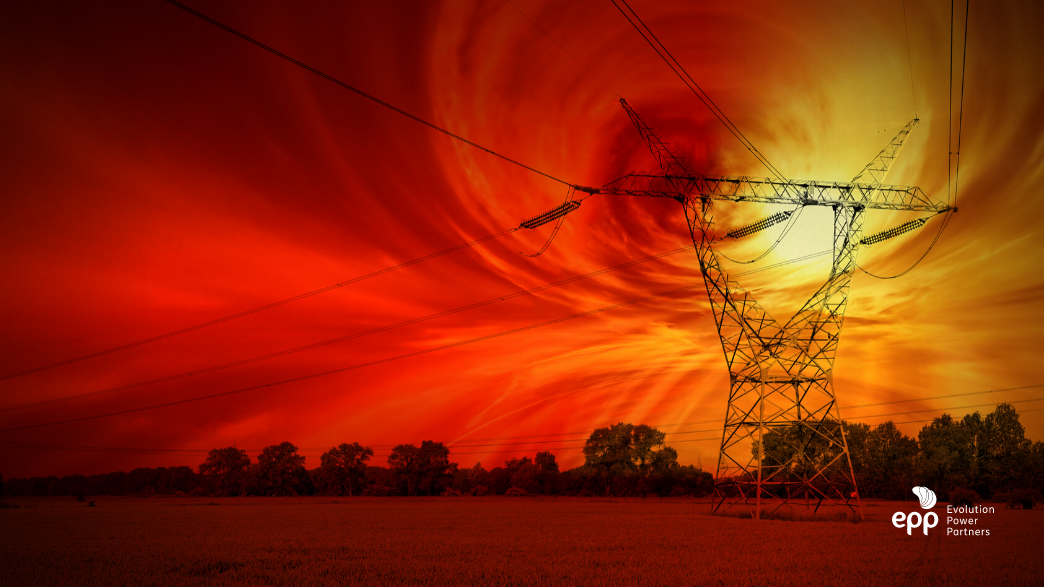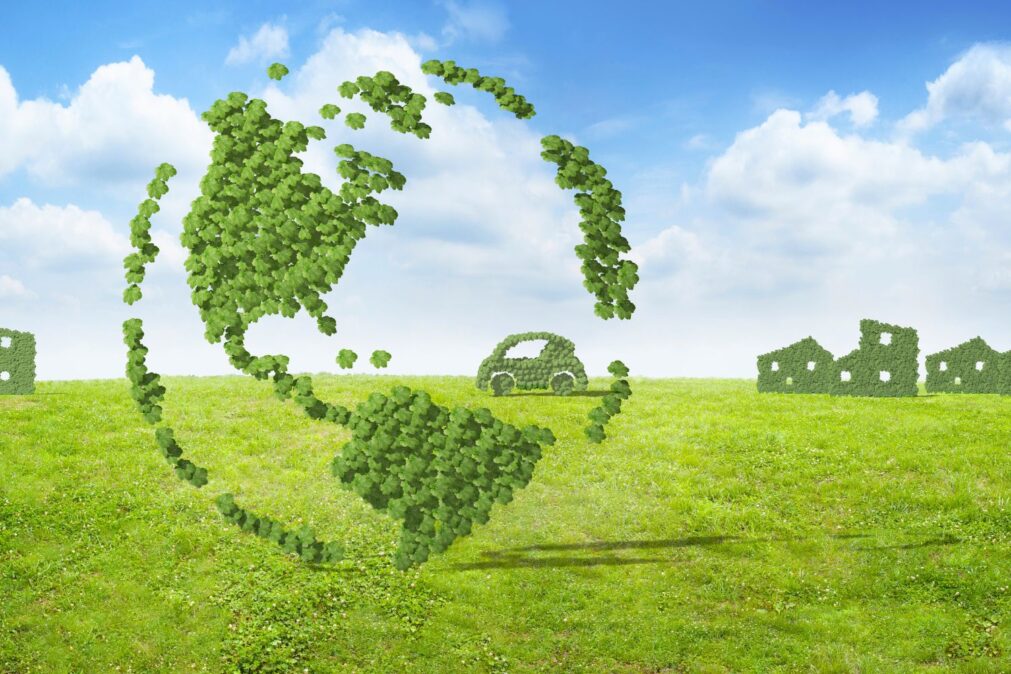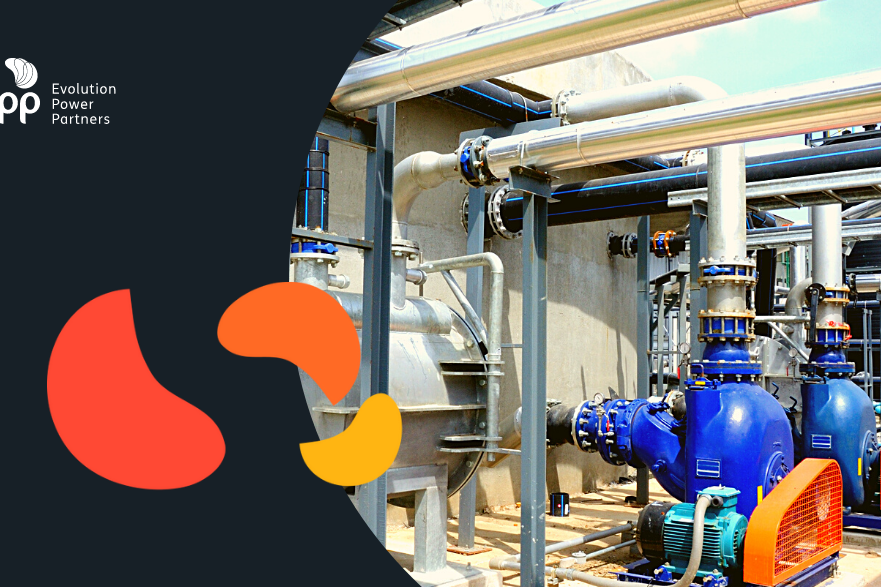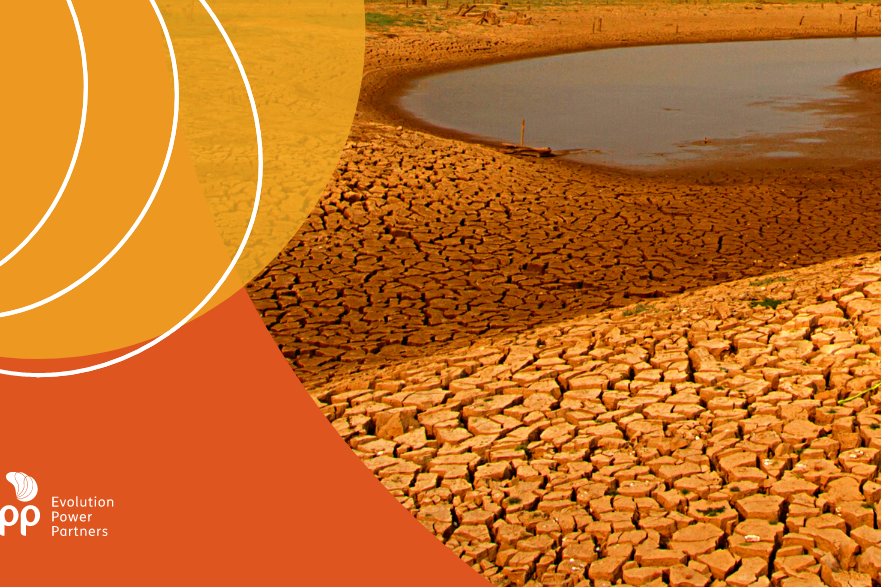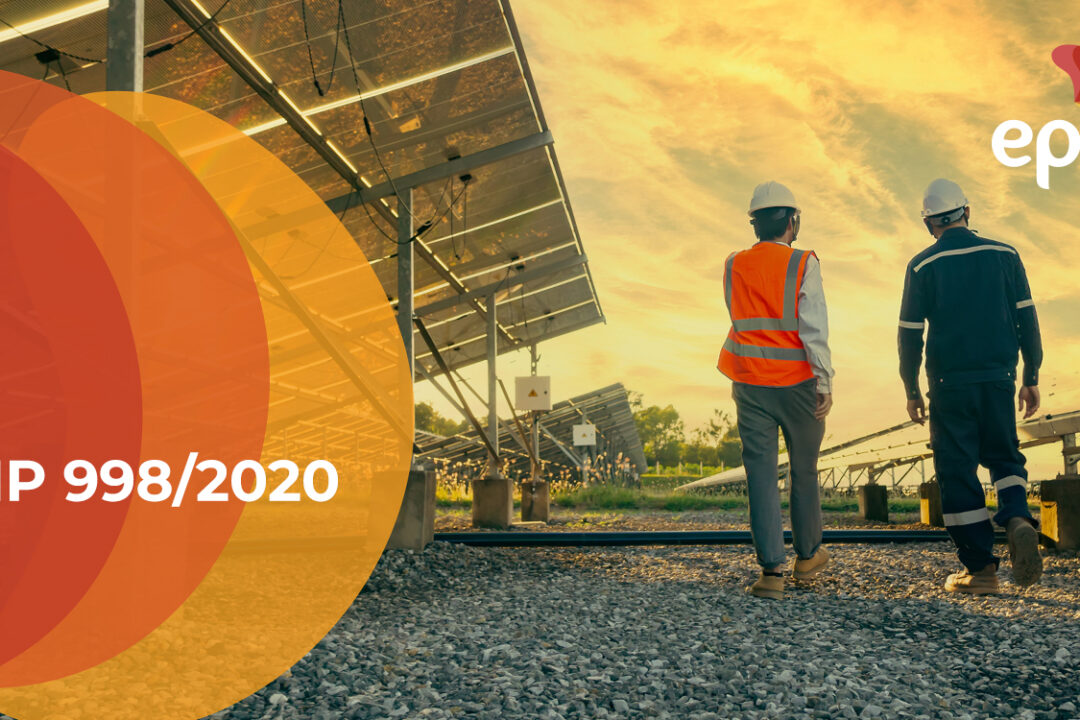With the use of fossil fuels, the planet has already warmed 1.2ºC. That’s why the energy transition is so important to curb climate change.
Do you know what the energy transition is? Since the Intergovernmental Panel on Climate Change (IPCC) released its last report, it has been possible to see how global warming is already impacting people’s lives and what will become of the world in a few years if nothing is done. One of the main reasons for this situation is the use of fossil fuels, which increases the amount of CO2 in the atmosphere.
Thus, it is necessary for the world energy matrix to change, having renewable and clean sources as the best option. This entire exchange process is called energy transition. According to the International Energy Agency (IEA), the use of renewable energy is expected to increase 50% worldwide by 2024. But what about Brazil, what has it been doing to develop a low-carbon economy?
What is energy transition?
The energy transition is a structural change that proposes a transformation in the type of energy produced and consumed in society. These changes are historic and have already occurred when we moved from using firewood to charcoal, from charcoal to oil and now to renewable sources.
There are more advanced countries in this transition, which already use and promote clean sources, such as wind, solar and biogas. On the other hand, other nations still use fossil fuels as their main source, either because of the difficulty in making the transition due to the limited availability of cleaner sources or due to economic factors. The expectation is that, in 2026, the share of energy coming from petroleum derivatives will be 36.6%. It is currently 50%.
The energy transition encompasses other issues in addition to changing energy sources. It also involves more efficient use, preventing waste, greater security of supply, new technologies that facilitate access to sources and decentralized production, which reduces costs and spreads distribution.
Renewable sources used in Brazil
In Brazil, 45.3% of our energy matrix comes from renewable sources. Worldwide, this percentage is 13.7%. This shows that the country is more developed in this regard, but there is still a lot to be done. Brazil has an abundance of sun and wind, in addition to the continental size that favors the promotion of various types of energy sources.
One of the main sources used for the energy transition in the country is solar. According to the Brazilian Association of Photovoltaic Solar Energy (Absolar), this source grew 70% in 2020 and the numbers for 2021 are also very optimistic. Biomass and wind sources are still not very relevant in the matrix in general, but the projects that are being developed with these sources will be of great importance in the near future.
Although it is not a clean source as it generates methane, natural gas is also important in this change. It acts as a backup for clean energies that are intermittent, such as solar and wind. Thus, as it is increasingly unfeasible to build large hydroelectric plants, which would be a clean solution, gas works well as a medium-term transition energy source.
It is important to emphasize that more than a change in energy sources, the transition encompasses technological, economic and environmental aspects. In other words, it is a change that depends on the involvement of the whole society so that the impacts are relevant.
Thus, governments in all spheres need to be involved and fostering new ideas. Society also needs to recognize the risks and opt for cleaner and renewable sources and put pressure on companies and governments to make this accessible. Only then will it be possible to curb the use of fossil fuels and prevent global warming from eliminating human beings from the planet.
